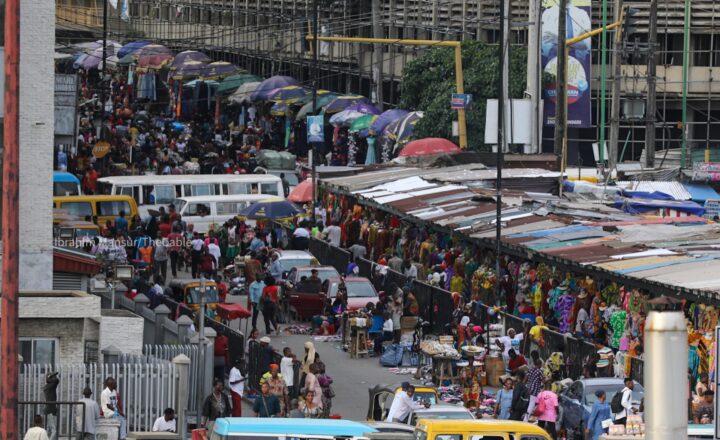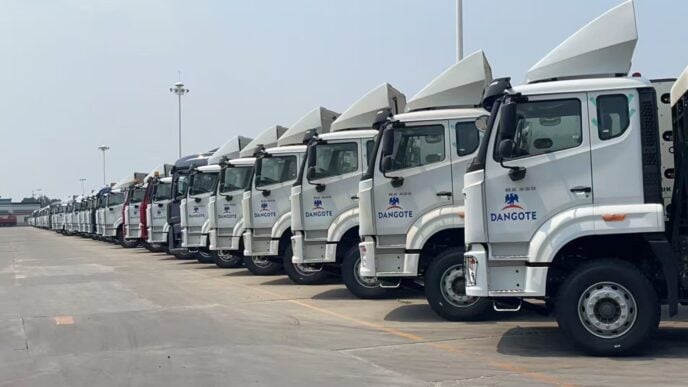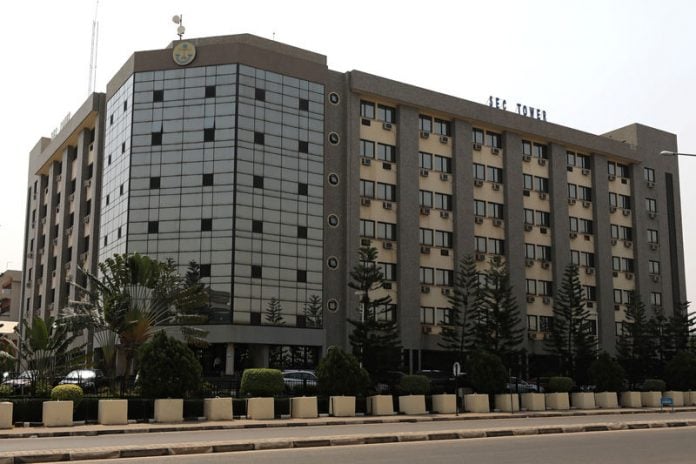The National Bureau of Statistics (NBS) says Nigeria’s headline inflation rate has dropped to 22.97 percent in May 2025, down from 23.71 percent in April.
NBS announced the increase in its consumer price index (CPI) on Monday.
“On a year-on-year basis, the Headline inflation rate was 10.98% lower than the rate recorded in May 2024 (33.95%),” NBS said.
“Furthermore, on a month-on-month basis, the Headline inflation rate in May 2025 was 1.53%, which was 0.33% lower than the rate recorded in April 2025 (1.86%).
Advertisement
“This means that in May 2025, the rate of increase in the average price level is lower than the rate of increase in the average price level in April 2025.”
The statistics body said the headline inflation rate was driven by the cost of food, accommodation and transport services.
‘FOOD INFLATION ROSE TO 21.14%’
Advertisement
The statistics firm said the food inflation rate in May 2025 was 21.14 percent on a year-on-year basis.
However, on a month-on-month basis, the bureau said the food inflation rate was 2.19 percent in the period reviewed, “up by 0.12% compared to April 2025 (2.06%)”.
“The increase can be attributed to the rate of decrease in the average prices of Yam, Avenger (Ogbono/Apon), Cassava Tuber, Maize Flour, Fresh Pepper, Sweet Potatoes, etc,” NBS said.
“The average annual rate of Food inflation for the twelve months ending May 2025 over the previous twelve-month average was 29.80%, which was 4.26% points lower compared with the average annual rate of change recorded in May 2024 (34.06%).”
Advertisement
The NBS report said food inflation, on a year-on-year basis, was highest in Borno (64.36 percent), Bayelsa (39.85 percent), and Taraba (38.58 percent).
On the other hand, states such as Katsina (6.90 percent), Rivers (9.18 percent), and Kwara (11.31 percent) recorded the slowest rise in food inflation on a year-on-year basis.
The bureau also said on a month-on-month basis, food inflation was highest in Bayelsa (12.68 percent), Cross River (11.15 percent), and Anambra (9.10 percent), while Katsina (-5.42 percent), Jigawa (-4.02 percent) and Kaduna (-3.27 percent) recorded the slowest.
Advertisement









